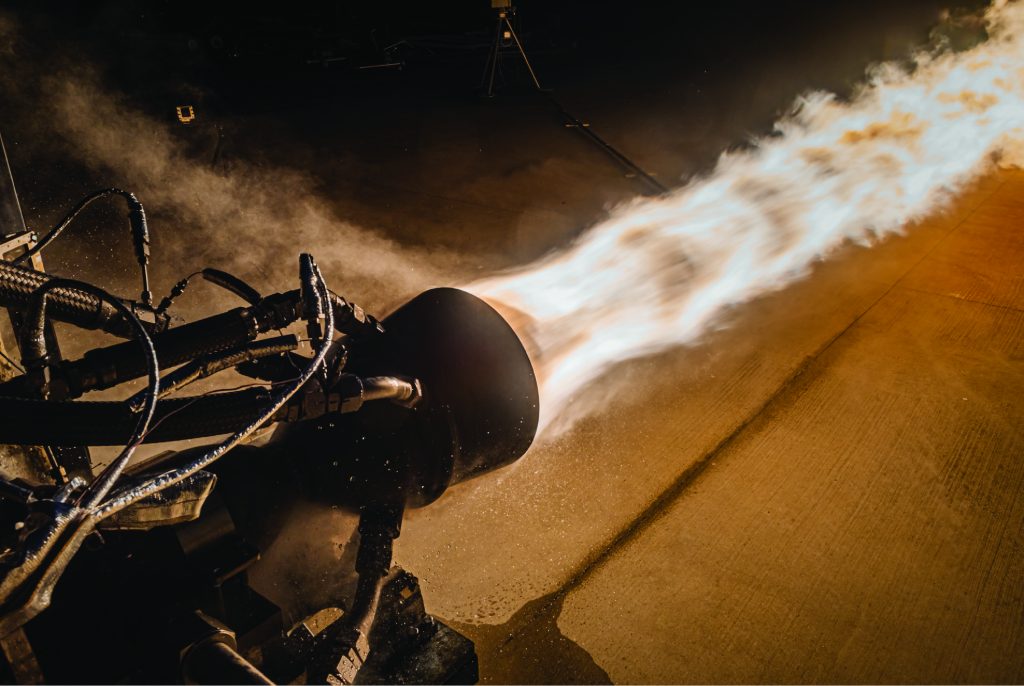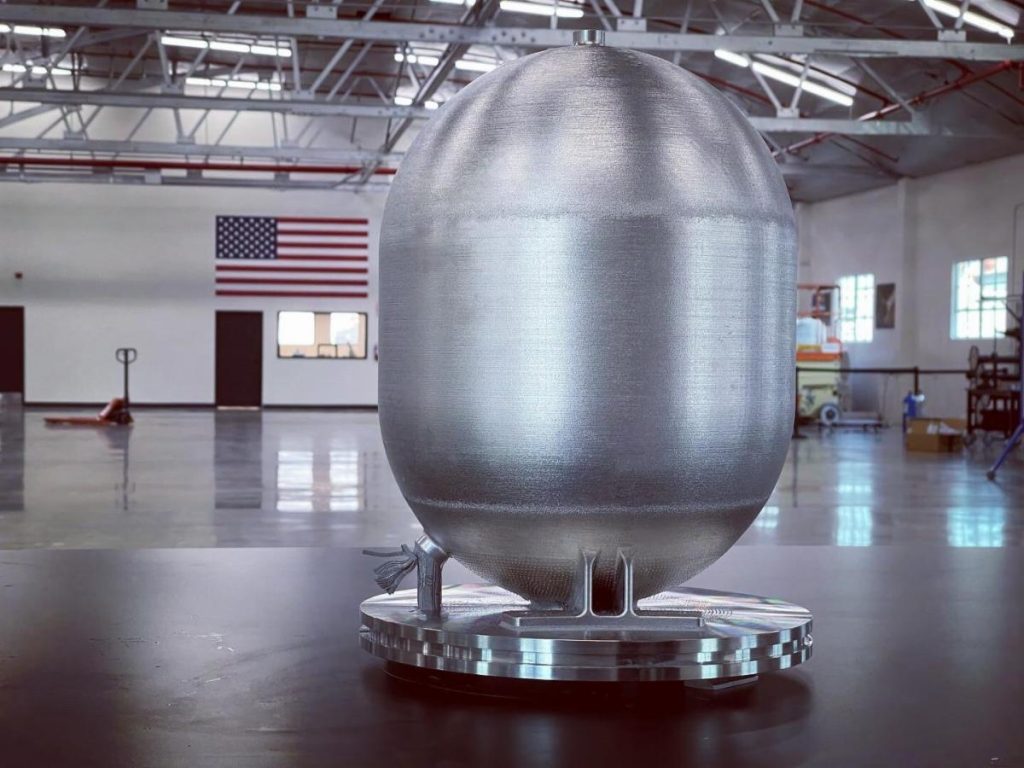Metal 3D printer manufacturer Velo3D (VLD) has announced that its revenue grew by some 278% between Q3 2020 and Q3 2021.
During the third quarter, Velo3D generated $8.7 million in revenue, nearly three times the $2.3 million it brought in over Q3 2020, and 22% more than the $7.1 million it reported in Q2 2021. According to the firm’s CEO Benny Buller, this surge in income has been driven by a “significant increase” in the number of parts printed by its existing users, with its end-use adopters doubling to over 100 from Q3 2020 to 2021.
“We saw a dramatic increase in part demand in Q3, particularly from the space and energy sectors,” Buller said on the company’s earnings call. “Our technology has been rapidly adopted by a range of industry leaders, including SpaceX, Aerojet Rocketdyne, Launcher and others. It has become a critical enabling technology in the development of next-gen rocket engines and other space systems.”

Velo3D’s Q3 2021 financials
Having completed its merger with SPAC JAWS Spitfire Acquisition, Velo3D went public on the NYSE in September 2021, thus its financials represent its first as a publicly-listed company. The firm’s debut figures reveal that its revenue increases were primarily due to a rise in its machine sales among repeat customers, with its recurring income rising 34% between Q3 2020 and Q3 2021.
In terms of systems, the company sold five of its proprietary Sapphire 3D printers in the third quarter of 2021, taking its total for the year to fifteen. Compared to the same period last year, this figure has risen by 50%, with contract manufacturers buying four of the machines sold in Q3 2021, although Buller also emphasized that “major aerospace companies” continue to qualify its printers in new applications.
By contrast, Velo3D’s gross margin fell from 31% to 17% sequentially between Q2 and Q3 2021, a decline which Buller attributed to a “significant step up” being made “in the overall scale of its business.” These rising overheads, including the ramping up of production, building out of its service network and investments in its technologies, are expected to position the firm to meet its growth plans for 2022 and beyond.
Likewise, the company’s expansion-related headcount rises saw its operating costs jump 18% sequentially to $16.5 million in Q3 2021, while its net losses increased to a whopping $66.6 million. This decline was caused by a $51 million extraordinary charge related to its SPAC merger, which is expected to be a non-recurring payment, while the deal itself saw Velo3D net $274 million in cash proceeds.
| Financials ($) | Q3 2020 | Q3 2021 | Difference (%) | Q2 2021 | Q3 2021 | Difference (%) |
| Revenue | 2.3m | 8.7m | +278 | 7.1m | 8.7m | +23 |
| Gross Margin | 21% | 17% | -19 | 31% | 17% | -45 |
| Net Income (Loss) | -7.1m | -66.6m | -838 | -12.5m | -66.6m | -433 |
| Capital | 22m | 297m | +1250 | 12m | 297m | +2375 |
Targeting continued client growth
Since the start of 2021, Velo3D says it has gained nine new machine clients and shipped eleven units out to them, with the firm targeting customers in those markets that offer “significant part demand growth.” Back in July, the company delivered one of its Sapphire units to service bureau Vertex Manufacturing, which has used it to 3D print ‘impossible’ parts out of the nickel superalloy Inconel 718.
Velo3D has also expanded its partnership with Launcher, selling the firm a second Sapphire in October for the production of titanium orbiter pressure vessels. The parts are set to be fitted to the company’s E-2 rocket engine, a propulsion system with 22,000 pounds of thrust, that Velo 3D printed an optimized liquid oxygen (LOX) turbopump for earlier this year.
Moving forwards, Buller told analysts on the firm’s earnings call, that the increased part volume of its “game-changing’ upcoming Sapphire XC printer is expected to dramatically expand its addressable market. In fact, the company delivered its first XC-printed demo part during Q3, and it remains on-track to ship the first of its new systems by the end of the year, with pre-orders now standing at $45 million.
To keep up with rising demand for its machines, the firm plans to open an 80,000 sq. ft facility in Q4 2021 as well, which once finished, will have an annual capacity of more than 400 3D printers. Although the complex is set to reach its full output in stages, Buller said that he was confident it would enable the firm to add many more systems to the 38 it has sold to date, and “convert its pre-orders into bookings.”

Velo3D’s plans to stay ‘asset-light’
Wrapping up Velo3D’s earnings call, its CFO Bill McCombe explained that the firm has already achieved its goal of gaining 21 bookings for the year, and it anticipates getting 3-6 more during Q4. Given the “strong momentum in the company’s sales pipeline,” McCombe added that he expected Velo3D to hit its FY 2021 revenue goal of $26 million as well.
However, despite the company’s healthy order backlog and cash balance of $297 million, McCombe suggested that it has no plans to go on an acquisition spree and deviate from its ‘asset-light business model’ in future, saying that the capital gives its clients confidence that they have a long-term partner, while providing it with the resources to “fund aggressive growth within its sales and marketing efforts.”
“[Our] merger was a huge milestone, enabling the company to become publicly-traded, and generated approximately $274 million of net cash proceeds,” added Buller. “We believe that we now have the liquidity to continue to invest in driving technology innovation, and the resources needed to fund our future growth plans.”
To stay up to date with the latest 3D printing news, don’t forget to subscribe to the 3D Printing Industry newsletter or follow us on Twitter or liking our page on Facebook.
For a deeper dive into additive manufacturing, you can now subscribe to our Youtube channel, featuring discussion, debriefs, and shots of 3D printing in-action.
Are you looking for a job in the additive manufacturing industry? Visit 3D Printing Jobs for a selection of roles in the industry.
Featured image shows a hot fire test of Launcher’s partially Velo-3D printed E-2 rocket engine at the Stennis Space Center’s E Test Complex. Photo via Launcher/John Kraus Photography.



